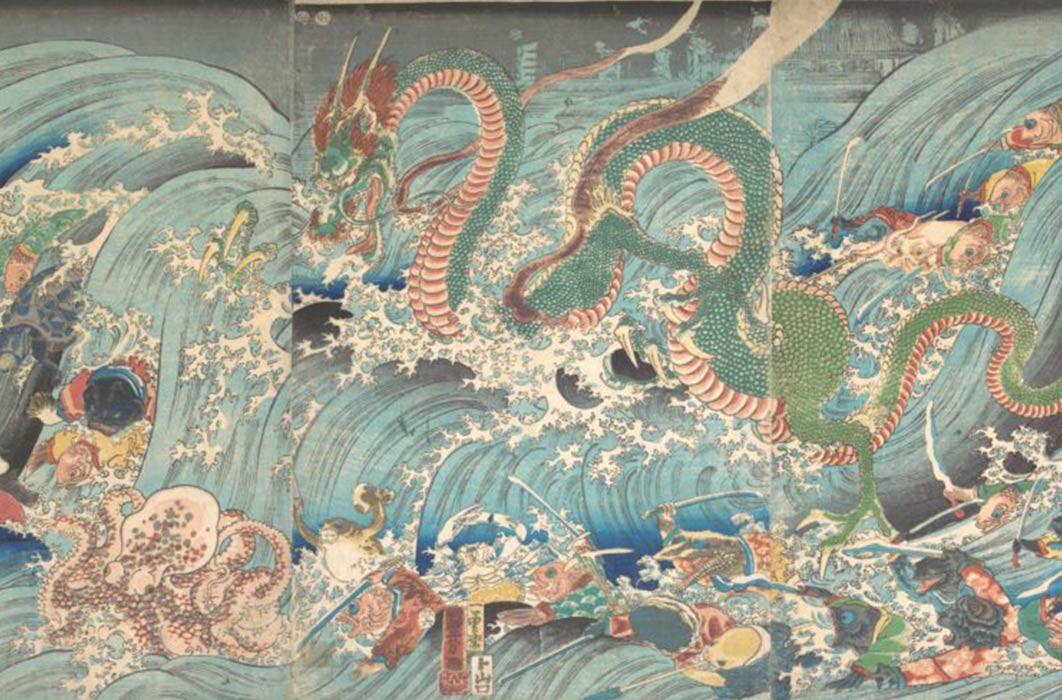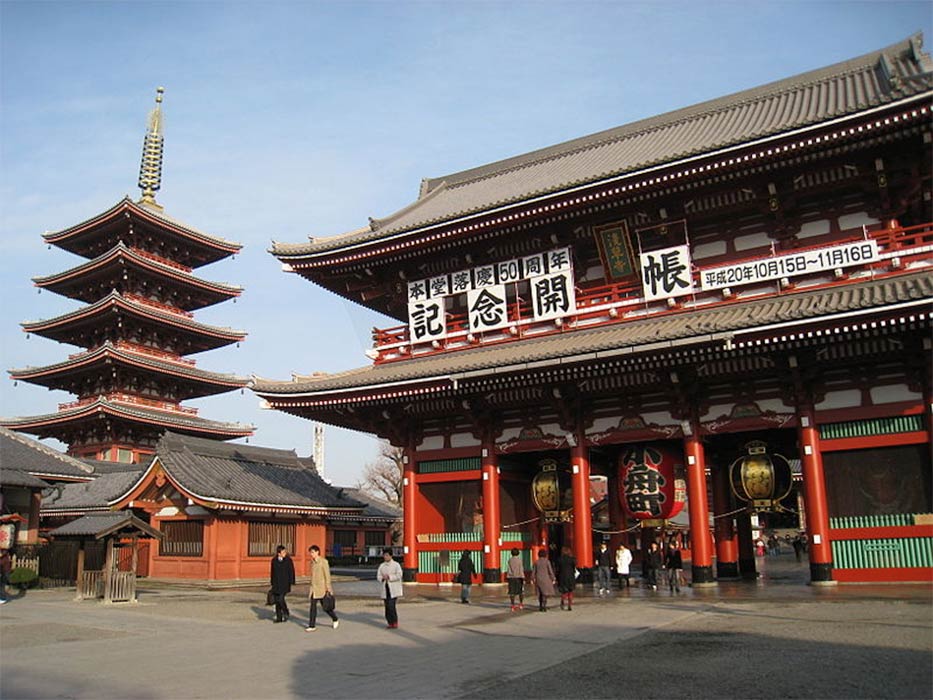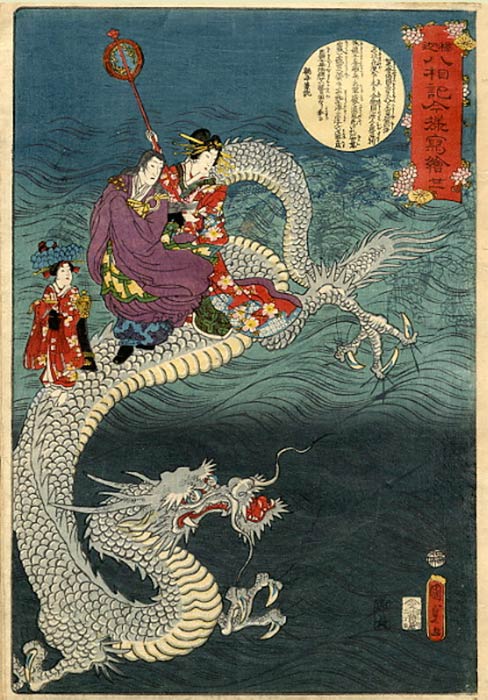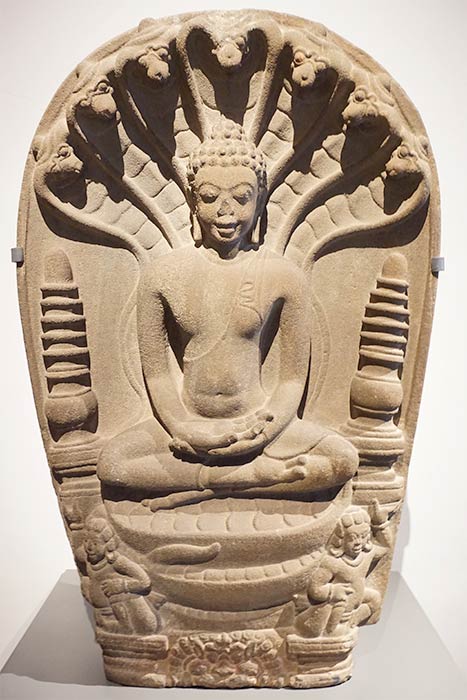
Dances With Dragons Of The Ancient East
Kinryuzan Sensoji Temple, located in Asakusa, Tokyo is one of the oldest Buddhist temples in Japan. Dedicated to Kannon Bosatsu, the Bodhisattva of compassion, the temple is one of the most widely visited spiritual sites in the world with over 30 million annual visitors. Kinryuzan means the ‘Golden Dragon Mountain’. Legend has it that the Sensoji Temple was founded in 628 AD after two fishermen fished a gold statuette of Kannon from the Sumida River. Although the understandably confused fishermen tried to put the statue back into the river, it always returned to them. Therefore, the Sensoji temple was built nearby for the goddess represented by the statue found by the fishermen.

Hozomon and pagoda, Sensoji Temple, Asakusa, Tokyo, Japan. (Public Domain)
The original temple was completed in 645 AD, however, the current temple was actually built in 1958. To commemorate its rebuilding, the temple authorities initiated a tradition named the Kinryu-no-mai (the ‘Dance of the Golden Dragon’) which continues to this day. The legend behind the dance is that when the temple was founded the goddess Kannon took on the form of a golden dragon, descended to earth and created a forest containing 1,000 pines in one night, symbolizing abundance, prosperity and longevity.

The Buddha riding a sea-dragon, by Kunisada. (Public Domain)
Eastern Dragon Folklore
The dragon is an important figure in folklore throughout Asia. In China, dragonlore has existed independently centuries before the introduction of Buddhism. The Shang and Zhou dynasties (16th - ninth centuries BC) produced jade and bronze pieces depicting dragon-like creatures. In India, pre-Buddhist snake-like creatures known as the Naga were incorporated into the Buddhist mythology. The Naga are among the eight legions of deities who worship and protect the Dharma. Even before the historical Buddha (Siddhartha Guatama) attained enlightenment, the Naga King Mucilinda protected Siddhartha from wind and rain for seven days. This motif is often found in Indian Buddhist art, represented by images of the Buddha sitting beneath Mucilinda’s hood and coils. By the ninth century AD, the Chinese had also incorporated the dragon into Buddhist iconography as a protector of the Buddhist law. These traditions were soon adopted by the Japanese Zen temples who had dragons painted on the ceilings of their assembly halls.

Buddha under Mucilinda, (eight century), Dwaravati. (CC BY-SA 2.0)
Dragon In The Night Sky
To provide a rough idea of the very ancient figure of the dragon, it is useful to remember that, at around 1800 BC, the celestial indicator or the pole star was not the modern-day North Star (Polaris) but rather the Thuban, a star in the constellation of Draco, or Dragon. Thuban served as the pole star from 3942 BC to 1793 BC, during the creation of some of Egypt's largest pyramids. The name Thuban comes from the Arabic word ثعبان (thuʿban, serpent). Angkor Wat, the great Khmer Buddhist shrine, was also built in alignment with this celestial formation.





